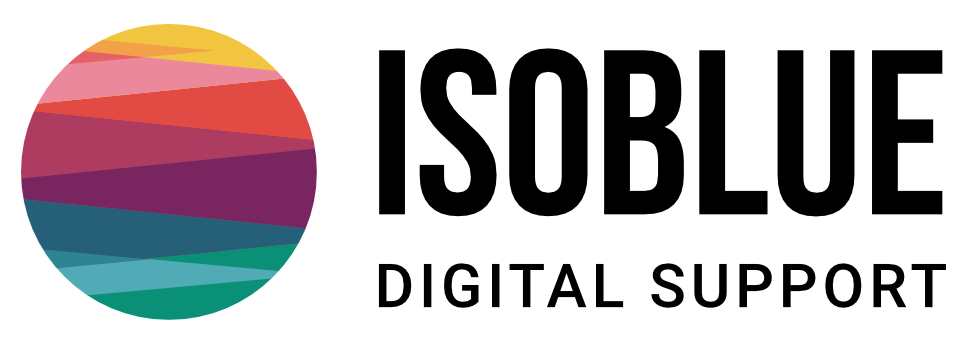How to create your own training videos
Training Video creation
Creating a Video Set: Process Overview
Publishing team training videos on your website is a valuable way to enhance its role and protect your investment. In this post, we'll explore the key steps in our process that ensure each video is informative, visually appealing, and tailored to meet user needs while maintaining brand consistency. Below is an overview of the steps we take to create client orientation and training videos:
Before creating any content, or any training, it is vital to understand your audience and strive to go from the known to the unknown! It's important not to dive straight in, but to slowly immerse the users.
1. Script Writing and Content Planning
The first step in creating a video set is to develop a script structure. This structure serves as the framework for the video and includes the narrative, on-screen actions, and key messages. Our team works closely with subject matter experts and the client to ensure the content is accurate, relevant, and tailored to the target audience's needs.
Activities:
- Outlining the key topics and objectives for each video.
- Writing the script, including screen transitions, instructions, and any on-screen text.
- Double check language, gender and cultural references to avoid any possible offence.
- Reviewing and revising the script based on team feedback.
Tip: keep the tone light but avoid jokes!
2. Storyboarding
Once the script is finalised, we create a storyboard that visualises the video’s flow. The storyboard includes sketches or screenshots of each scene, indicating what will be shown on screen, along with notes on the corresponding script sections. This will consist of software screen recordings.
Activities:
- Developing visual representations of each scene.
- Planning start and end screens, transitions, and on-screen elements.
- Aligning the storyboard with the script for seamless integration.
3. Screen Recording and Visual Elements
For training modules focused on for example, Microsoft 365 tools, on Squarespace usage, Knack Database, Zapier, Wordpress or Elementor screen recordings are essential. These recordings demonstrate how to use the software, providing a clear visual guide for learners. We ensure high-quality screen recording using specialist tools for example screenflick for OSX or Final Cut Pro. Using these tools helps to ensure that the results are clear and easy to follow.
Activities:
- Setting up the necessary software and environments for screen recording.
- Recording the step-by-step use of the tools as per the script.
- Capturing any additional visual elements, such as annotations or highlights.
4. Voiceover Recording
A voiceover is recorded to narrate the content, guiding viewers through the training material. The voiceover enhances the learning experience by providing clear and engaging explanations.
Activities:
- Selecting internal resources or a professional voiceover artist.
- Recording the voiceover in a controlled environment to ensure high audio quality.
- Synchronising the voiceover with the script and screen recordings.
5. Video Editing and Post-Production
The editing phase involves assembling all the elements—screen recordings, voiceovers, and additional visuals into a cohesive video experience. Pay close attention to the pacing, transitions, and overall flow to ensure the video is engaging and easy to follow.
Activities:
- Editing the screen recordings and voiceover to align with the storyboard and script.
- Adding captions, graphics, and any necessary animations.
- Incorporating an inset of the narrator where applicable.
- Conducting quality checks to ensure the video meets all standards and requirements.
6. Review and Revisions
After the initial edit, the video is reviewed by the team for feedback. It is wise firmly limit the number of revisions to ensure the final product aligns with the team expectations and training goals
Activities:
- Sharing the draft video with the colleague, client or team for review.
- Collecting and incorporating feedback.
- Making necessary adjustments and finalising the video.
Tip: Limiting feedback cycles helps you to avoid the trap of trying to satisfy everyone which might be impossible, prove costly and worst of all, stall the project.
7. Final Delivery
The completed video set is delivered in the required formats, ready for deployment on the website or intranet - or company LMS. Ensure that the videos are optimised for various devices and platforms, providing a seamless viewing experience and also that the source materials are stored and labelled - for when the video needs updating.
Activities:
- Formatting and compressing videos for optimal performance.
- Delivering the final files through secure channels and documented.
- Providing any necessary support for integration into the organisations’s systems.
This is our process. We’ve found the videos we create for clients are a key part of off-boarding and leaving clients in control and with a high degree of autonomy. We put training videos on client website on password locked pages, to help maintain skill levels even when there is staff ‘churn’.
This can be especially useful for Charities and other non-profits with higher than average staff turnover.

